Bellona: Goddess of War
The Goddess of War, Bellona, holds a commanding and unyielding presence in Roman mythology, embodying the essence of war and…
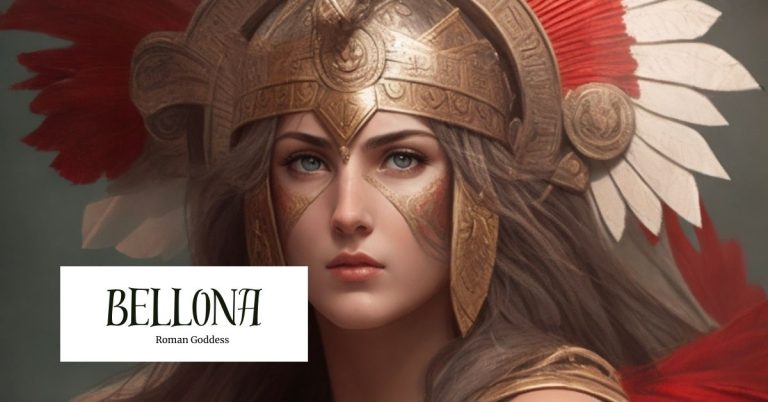
The Goddess of War, Bellona, holds a commanding and unyielding presence in Roman mythology, embodying the essence of war and…
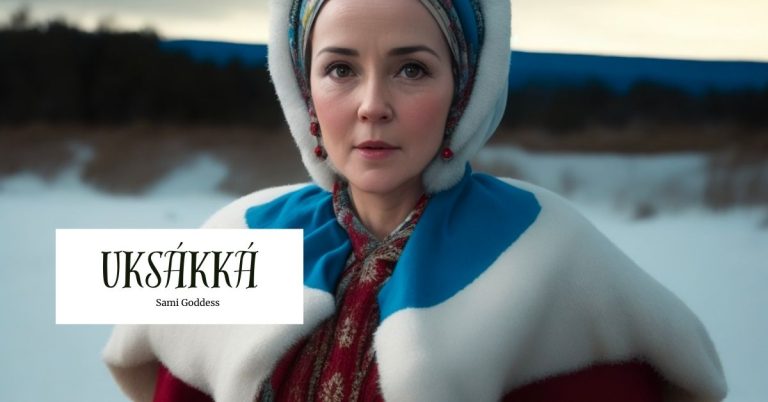
Uksákká is a midwife deity whose role revolves around protection, specifically of the newborn babies she helps bring into the…
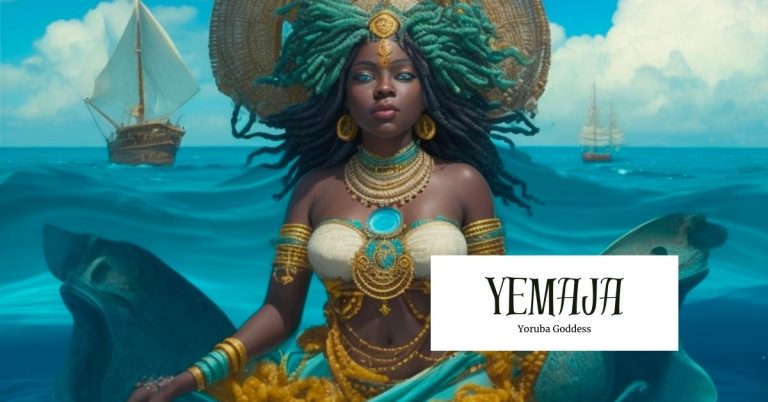
Source: Original Botanica Yemaja, the patron of the society of mothers and pregnant women, is one of the main orisha,…
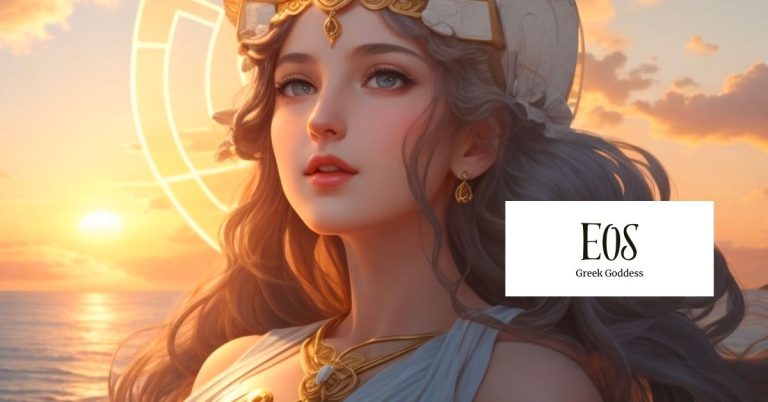
In Greek mythology, the figure of Eos shines as a luminous embodiment of the ethereal realm of dawn. As the…
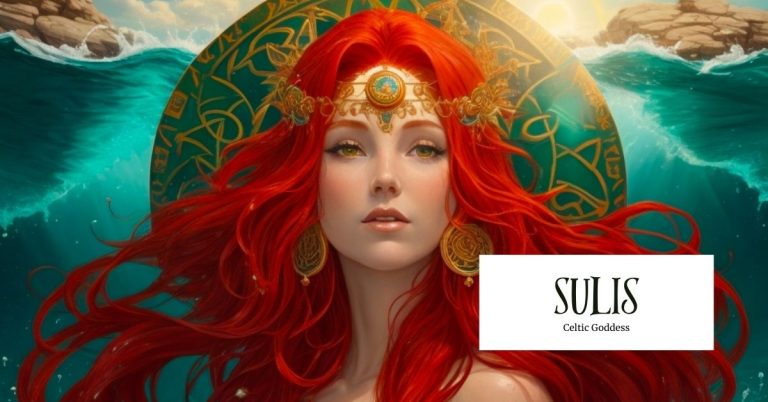
The goddess Sulis creates a special legacy from the sacred springs of Bath, England, to modern domains like gaming, fashion,…
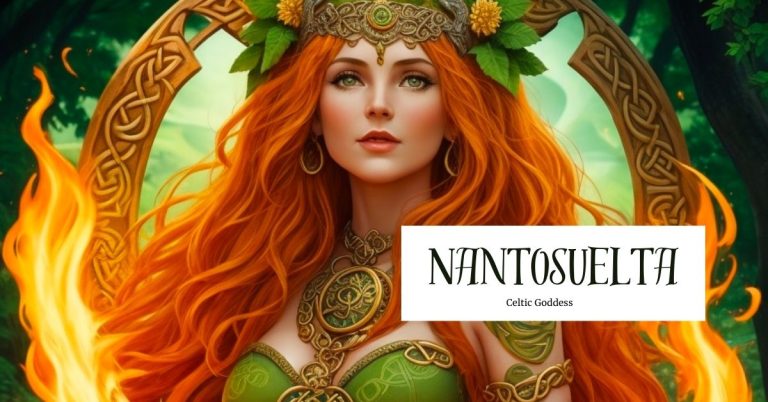
Goddess Nantosuelta is a guardian of the earth, a bestower of fertility, and a symbol of abundance. While the annals…

As a goddess of love, beauty, and the sea, Clíodhna possesses an enchanting duality that resonates through ages past and…
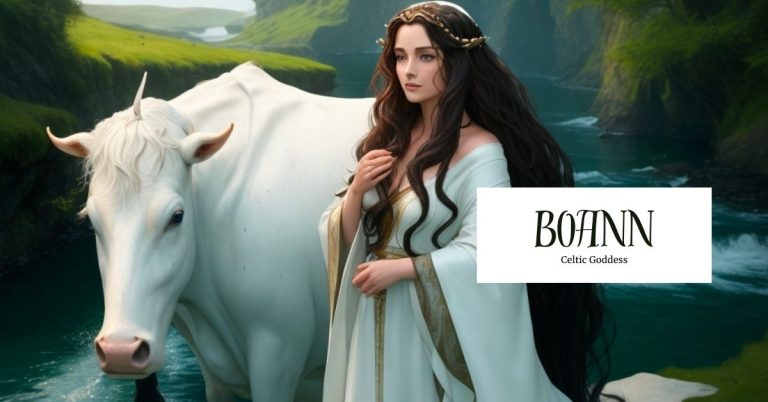
From her daring quest to approach a forbidden well to her transformation into the River Boyne, Boann’s legends encapsulate the…

The goddess Hel, known for her enigmatic presence in the realm of the underworld, has long captured the imagination and…
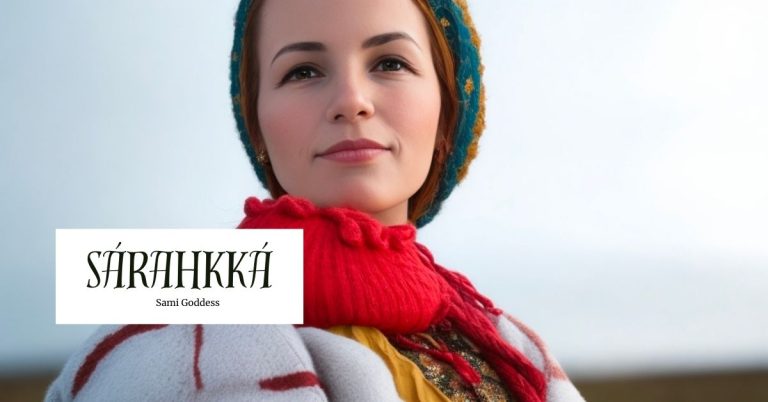
Sarahkka is a Sami deity that is especially important to the Sami women, for she is the protector of mothers…